Farmers and members of the public have been asked to report otter sightings by the National Parks and Wildlife Service (NPWS).
The request comes as part of a new NPWS national otter survey, which involves a partnership with researchers at Queen’s University Belfast and the National Biodiversity Data Centre.
Those involved will collect and collate otter records from right across the country, mapping where otters are and comparing results with the previous otter survey, carried out in 2010/11.
NPWS teams will be looking for characteristic signs of otters at over 900 sites throughout the country, including rivers, lakes and the coast.
Farmers can get involved in this national survey by adding their sightings to the survey results, with a submission form available here.
Public participation
Launching the otter survey, Minister of State for heritage Malcolm Noonan TD said: “People can play their part in giving us a complete picture of otter numbers in the country.” He called for as much “public participation as possible”.
“Otters can be hard to find and mainly forage at night, so keep your eyes peeled if you’re visiting a coastal, river or lake environment in the evening or nighttime and make sure to let us know if you’ve seen one,” the minister added.
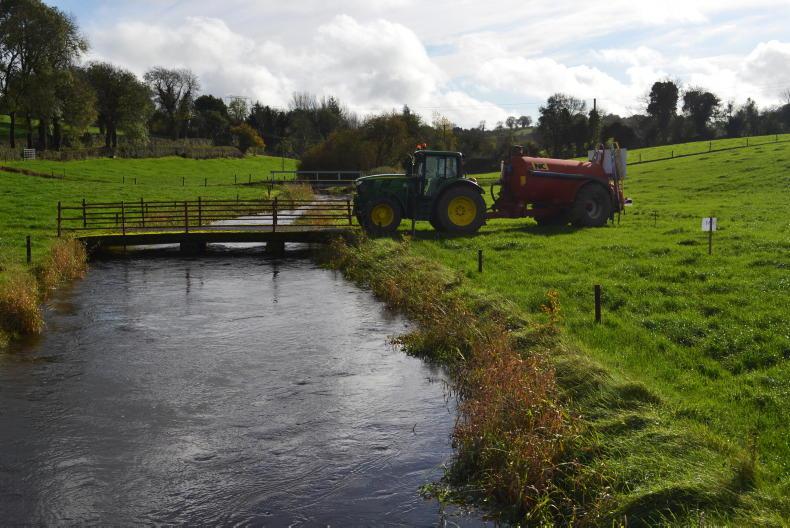
Farmers who spot otters in or near waterways through their land can report them as part of an NPWS survey.
NPWS mammal specialist Dr Ferdia Marnell explained that the otter is one of Ireland’s most elusive animals.
“Otters are rarely seen, so, instead, over the coming months, NPWS staff will be searching for otter tracks and signs,” he said.
Spotting otters
Dr Marnell described how otters have “large, webbed feet and leave distinctive footprints, but these can be hard to find”.
“Fortunately, otters mark their territory using droppings known as spraints. Otters deposit spraints conspicuously on boulders along riverbanks, logs on lake shores or the rocky high tide line.
"Spraints can be up to 10cm or 3in long, black through to white, but commonly brown, tarry to powdery in consistency and straight or curved, making them tricky to identify.
“Luckily, they commonly contain fish bones and crayfish shells, which are the otter's favoured diet, making them easy to tell apart from the droppings of birds and other mammals,” he said.
Status
The otter and its habitat are protected under the EU habitats directive, which requires that Ireland reports on the status of the species every six years. The next report is due in 2025.

Otters remained widespread in Ireland when they declined elsewhere.
The otter suffered significant declines across the UK and much of continental Europe during the 1970s, 1980s and 1990s, but remained widespread in Ireland.
The most recent Irish survey (2010-2011) found signs of otter from all counties of Ireland and from seashore to mountain streams.
The otter hunts in water, but spends much of its time on land and, as a result, is vulnerable to river corridor management, such as culverting, dredging and the clearance of bankside vegetation, as well as pollution, pesticides, oil spillages, coastal developments and road traffic.
Read more
Ospreys to be reintroduced in Ireland this summer
Farmers and members of the public have been asked to report otter sightings by the National Parks and Wildlife Service (NPWS).
The request comes as part of a new NPWS national otter survey, which involves a partnership with researchers at Queen’s University Belfast and the National Biodiversity Data Centre.
Those involved will collect and collate otter records from right across the country, mapping where otters are and comparing results with the previous otter survey, carried out in 2010/11.
NPWS teams will be looking for characteristic signs of otters at over 900 sites throughout the country, including rivers, lakes and the coast.
Farmers can get involved in this national survey by adding their sightings to the survey results, with a submission form available here.
Public participation
Launching the otter survey, Minister of State for heritage Malcolm Noonan TD said: “People can play their part in giving us a complete picture of otter numbers in the country.” He called for as much “public participation as possible”.
“Otters can be hard to find and mainly forage at night, so keep your eyes peeled if you’re visiting a coastal, river or lake environment in the evening or nighttime and make sure to let us know if you’ve seen one,” the minister added.

Farmers who spot otters in or near waterways through their land can report them as part of an NPWS survey.
NPWS mammal specialist Dr Ferdia Marnell explained that the otter is one of Ireland’s most elusive animals.
“Otters are rarely seen, so, instead, over the coming months, NPWS staff will be searching for otter tracks and signs,” he said.
Spotting otters
Dr Marnell described how otters have “large, webbed feet and leave distinctive footprints, but these can be hard to find”.
“Fortunately, otters mark their territory using droppings known as spraints. Otters deposit spraints conspicuously on boulders along riverbanks, logs on lake shores or the rocky high tide line.
"Spraints can be up to 10cm or 3in long, black through to white, but commonly brown, tarry to powdery in consistency and straight or curved, making them tricky to identify.
“Luckily, they commonly contain fish bones and crayfish shells, which are the otter's favoured diet, making them easy to tell apart from the droppings of birds and other mammals,” he said.
Status
The otter and its habitat are protected under the EU habitats directive, which requires that Ireland reports on the status of the species every six years. The next report is due in 2025.

Otters remained widespread in Ireland when they declined elsewhere.
The otter suffered significant declines across the UK and much of continental Europe during the 1970s, 1980s and 1990s, but remained widespread in Ireland.
The most recent Irish survey (2010-2011) found signs of otter from all counties of Ireland and from seashore to mountain streams.
The otter hunts in water, but spends much of its time on land and, as a result, is vulnerable to river corridor management, such as culverting, dredging and the clearance of bankside vegetation, as well as pollution, pesticides, oil spillages, coastal developments and road traffic.
Read more
Ospreys to be reintroduced in Ireland this summer





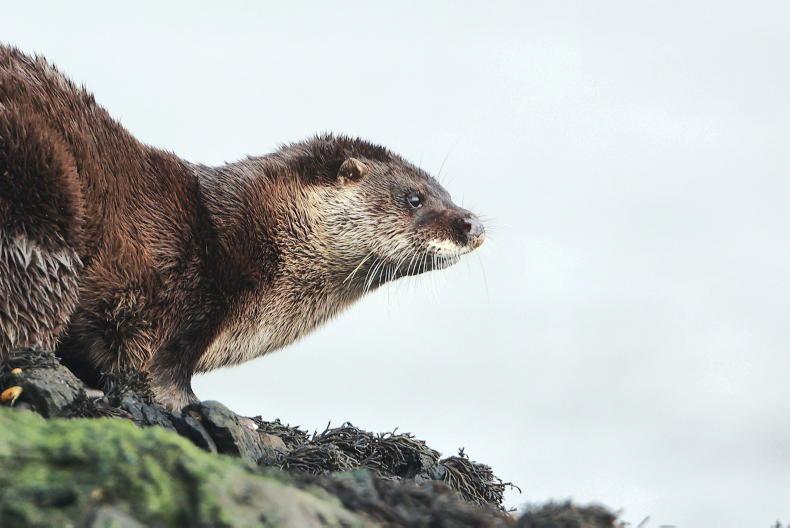

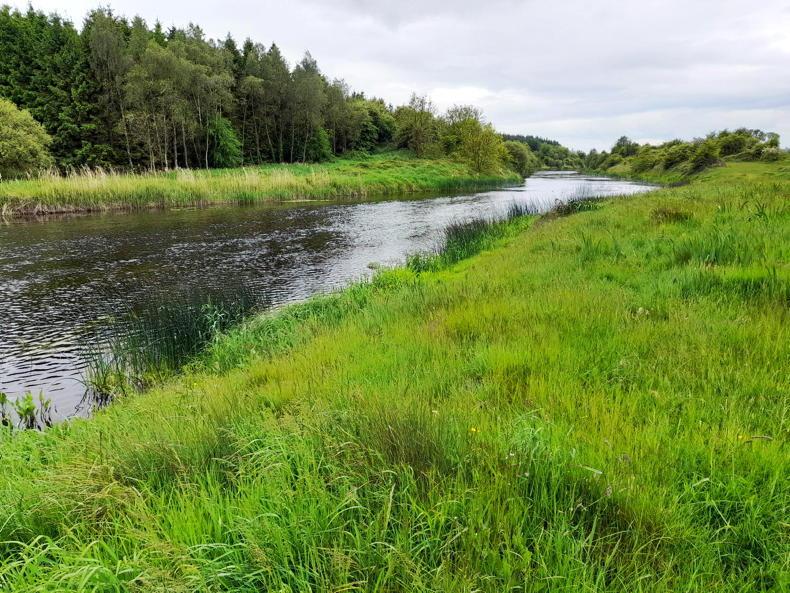

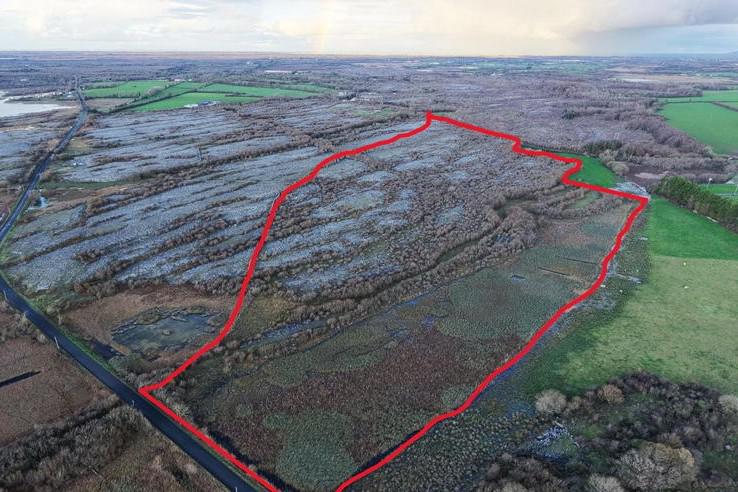

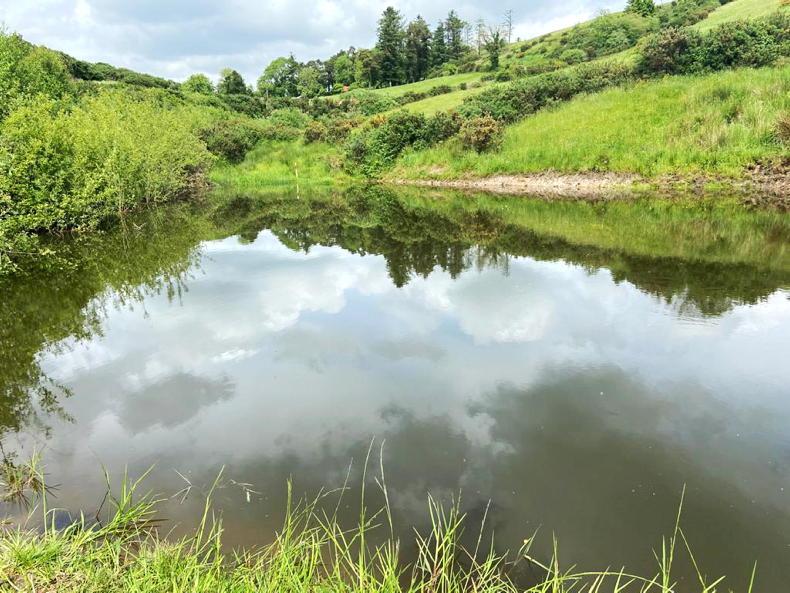
SHARING OPTIONS